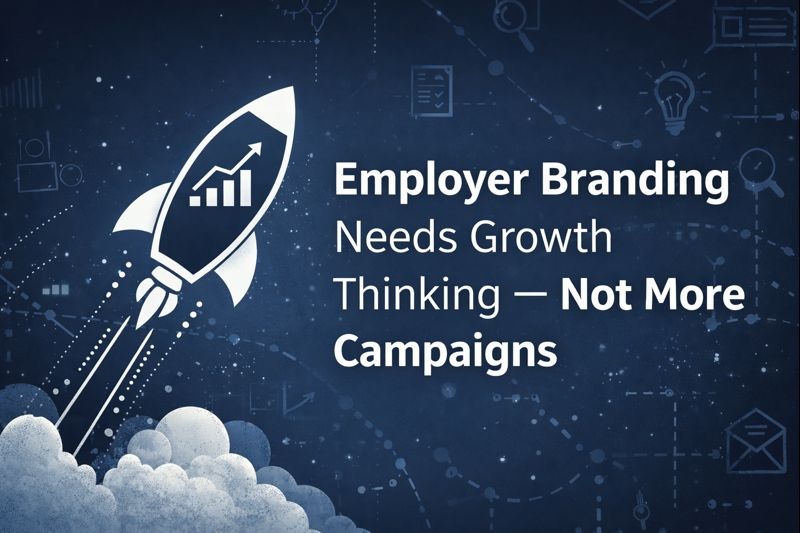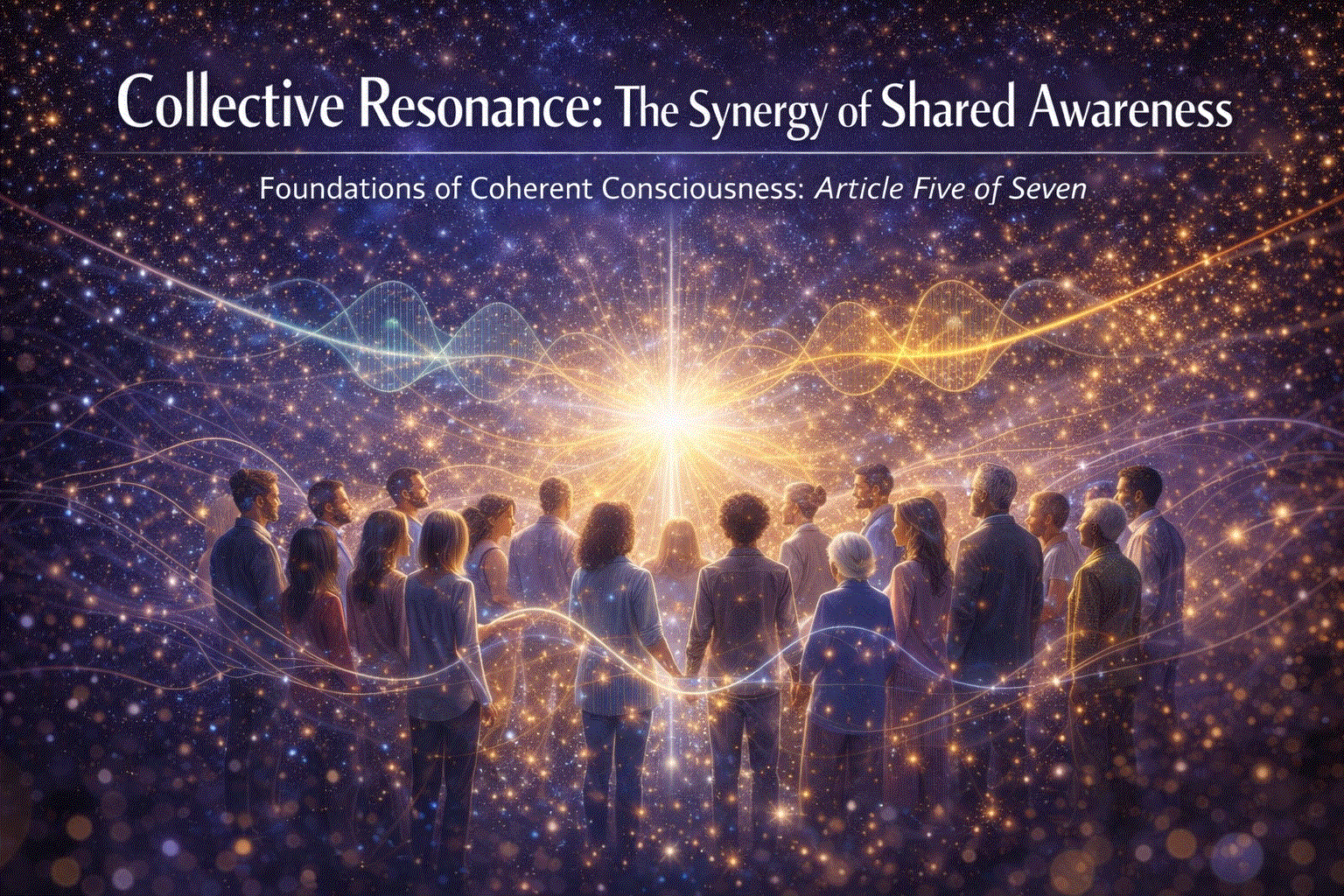Feb07

I talk a lot about employee experience (EX), employee engagement, and how I think gamification, when implemented correctly, can help with both.
However, if you’ve been around this EX-world for a bit and have ever googled gamification, you may have stumbled across this article by Ian Bogost who has a different opinion: Gamification is Bullshit.
And, well, I kind of agree.
Gamification can absolutely be bullshit when it’s implemented for the wrong reasons and with the wrong methodology.
But with the right reasons and the right methodology? Gamification can change everything for a company.
In his article, Ian states that ‘it gives Vice Presidents and Brand Managers comfort: they’re doing everything right, and they can do even better by adding “a games strategy” to their existing products, slathering on “gaminess” like aioli on ciabatta at the consultant’s indulgent sales lunch.’
I agree with this statement, but only because the intent is all wrong. Unfortunately, some VPs and Brand Managers act this way, thinking that by checking the gamification checkbox, they are doing the right thing.
Instead of using gamification as a checkbox or a kudos to the leadership team, it needs to be implemented to engage the team. Gamification should be used to
It is ultimately about improving the employee experience, learning, personal growth and enhancing engagement. The intent of leadership and why they are using gamification matters. It’s not about slathering on too much “aioli,” but carefully introducing gamification to meet desired goals.
There are a number of large and popular companies that regularly use gamification, such as FitBit for exercise motivation or Kahoot for classroom engagement. The intent behind these companies, and others (yes like Centrical), is to use gamification to meet their intended goals—not to just check some boxes to say they did it.
2. Gamification is easy.
Again, Ian’s words: “Gamification is easy. It offers simple, repeatable approaches in which benefit, honor, and aesthetics are less important than facility. For the consultants and the startups, that means selling the same bullshit in book, workshop, platform, or API form over and over again, at limited incremental cost."
And, again, this is a misinterpretation of the intent behind gamification. If you consider it to be only checking a box, then gamification might be seen as easy.
But in reality, when applied correctly, gamification is not easy. It draws from the fields of behavioural psychology, sustainable game design, and intrinsic motivation—all complex areas of knowledge that cannot just be thrown together with badges and points.
Gamification is a science and needs to be treated as such. It’s “easy” to provide a badge to some kind of menial task, but that certainly will not motivate an employee to do better. It can actually be condescending to their intelligence and motivations.
Instead, use gamification to enhance the innate driving motivations amongst employees. Consider these factors when introducing gamification:
If used only as a gimmick or quick fix then yes, gamification is bullshit. It all comes down to both the intent and the application of it. If leaders see it as a hot and trendy thing to do and slap on some flimsy point or badge system, then it only serves to check a box.
But if employers can use gamification for what it is—a science-based system to increase intrinsic motivation and employee engagement—that’s when the real impact can be made!
Keywords: Culture, Customer Experience, Future of Work
 Concrete’s Carbon Problem and the Race to Fix It
Concrete’s Carbon Problem and the Race to Fix It Employer Branding Needs Growth Hacking — Not More Campaigns
Employer Branding Needs Growth Hacking — Not More Campaigns The Wireless Renaissance: From Tesla’s Dream to Agentic Autonomy
The Wireless Renaissance: From Tesla’s Dream to Agentic Autonomy Collective Resonance: How Consciousness Scales Beyond the Individual
Collective Resonance: How Consciousness Scales Beyond the Individual Autonomous Wingmen: Scaling Sustainable Aviation via NVIDIA NAT and Formation Flight
Autonomous Wingmen: Scaling Sustainable Aviation via NVIDIA NAT and Formation Flight